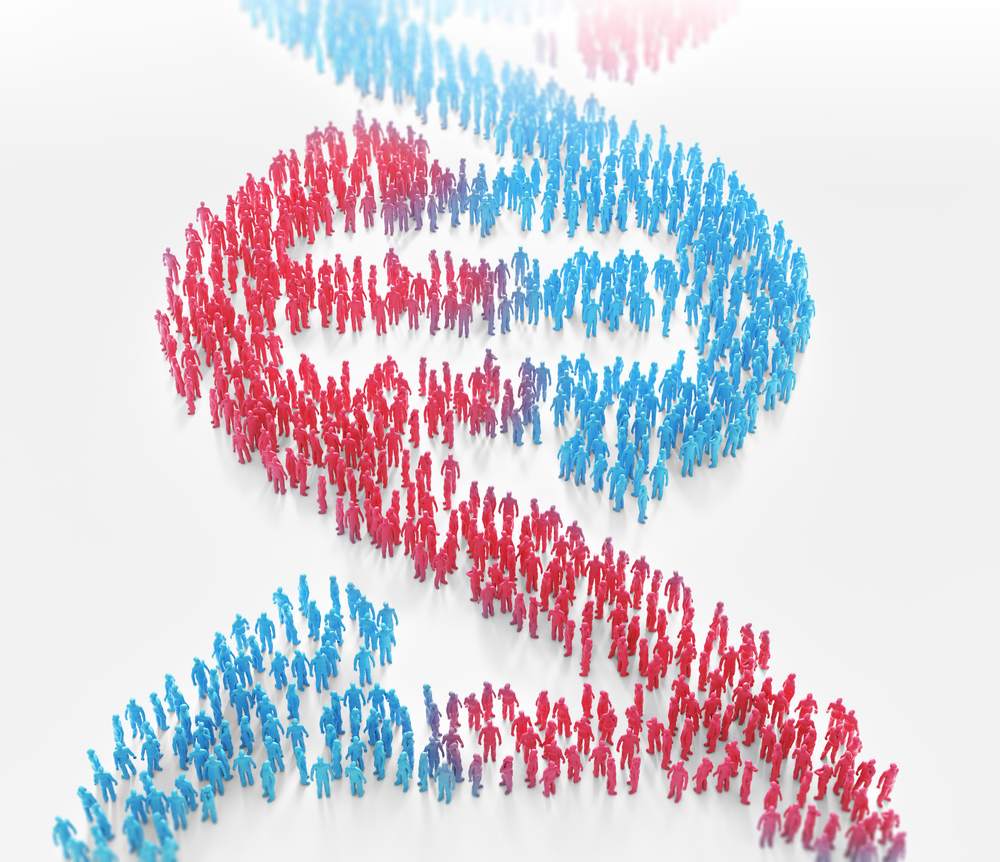Genetic Background Influences Number of Mitochondrial Disease-Causing Mutations in Groups of People, Study Says

The rate of disease-causing mutations in mitochondrial DNA depends on the ethnic background and age of a specific population, researchers report. Disease-causing mutations were lower in European populations and more frequent in younger groups.
The report, “Background sequence characteristics influence the occurrence and severity of disease-causing mtDNA mutations,” appeared in the journal PLOS Genetics.
Mitochondrial DNA mutations (errors) are a known source of genetic diseases, commonly referred as mitochondrial genetic diseases. The mitochondrial genome is exclusively inherited from the mother, meaning that the recombination that usually occurs between the parental genes – those we inherit from the mother and father – is almost negligible in the case of mitochondrial DNA.
Variations in the mitochondrial DNA are detected several times in different population groups, and referred to as mitochondrial DNA haplogroups. (In genetics, an haplogroup is a group of individuals who share a common ancestor.) But one specific haplogroup seems to carry the three genetic variations that cause Leber Hereditary Optic Neuropathy (LHON), an inherited mitochondrial disease characterized by vision loss.
Mitochondria are known as the cell’s powerhouses, since they produce the energy cells need to function. The mutations that disrupt mitochondrial function cause the death of ganglion cells in the retina — cells that relay the visual information captured in the eyes to the brain.
The fact that the three mutations causing LHON are restricted to one specific haplogroup could suggest that many of disease-causing mitochondrial DNA mutations are restricted or influence a particular genetic — or inhertied — background.
To test this, researchers analyzed 30,506 human mitochondrial DNA mutation sequences. The analysis showed that the disease-causing mutations are indeed associated with a specific haplogroup.
“The frequent recurrence of the same mutations on a population clade [a grouping with a common ancestor], and the reduced frequency of European mtDNAs [mitochondrial DNA] harboring two or more diseases-causing mutation, both suggest that the population mtDNA background influences the risk of developing mtDNA mutagenesis,” they wrote.
This means that the genetic mitochondrial background influences the risk of disease-causing mitochondrial mutations. During their analysis, the researchers also found that disease-causing mitochondrial mutations occur more frequently in younger populations. This phenomenon, they hypothezised, is mostly likely a reflection of natural selection, so more severe mutations have been removed from older populations.
Overall, “these findings indicate that the clinical interpretation of mtDNA variants should be performed within an ethnogeographic context,” the study concluded.






